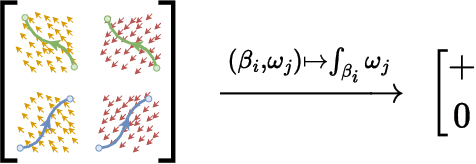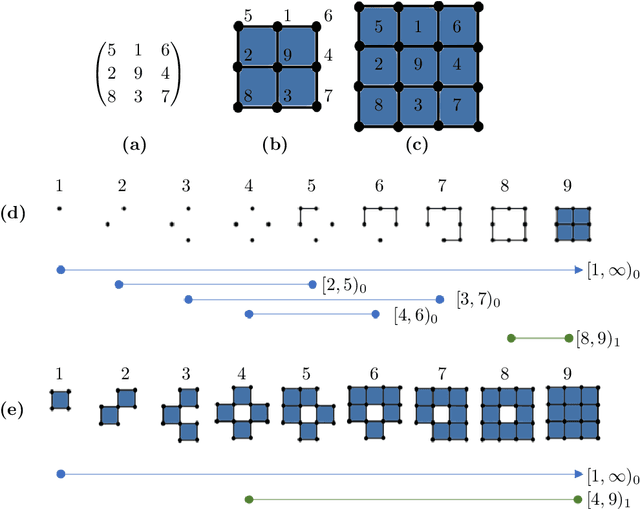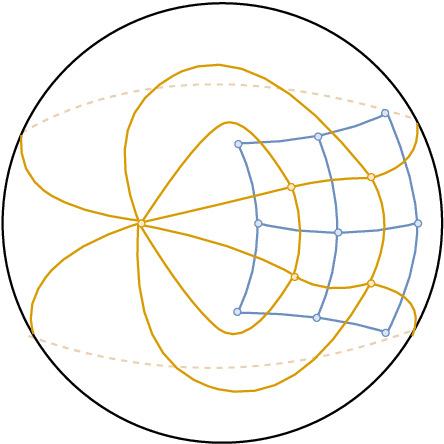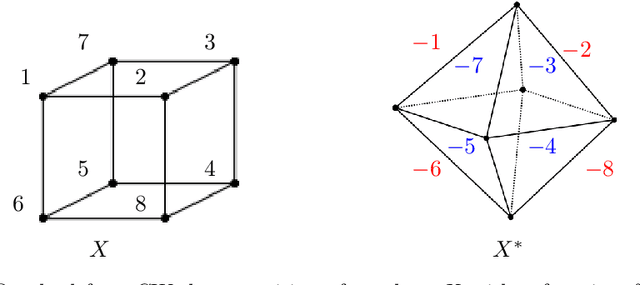Kelly Maggs
Simplicial Representation Learning with Neural $k$-forms
Dec 13, 2023



Abstract:Geometric deep learning extends deep learning to incorporate information about the geometry and topology data, especially in complex domains like graphs. Despite the popularity of message passing in this field, it has limitations such as the need for graph rewiring, ambiguity in interpreting data, and over-smoothing. In this paper, we take a different approach, focusing on leveraging geometric information from simplicial complexes embedded in $\mathbb{R}^n$ using node coordinates. We use differential k-forms in \mathbb{R}^n to create representations of simplices, offering interpretability and geometric consistency without message passing. This approach also enables us to apply differential geometry tools and achieve universal approximation. Our method is efficient, versatile, and applicable to various input complexes, including graphs, simplicial complexes, and cell complexes. It outperforms existing message passing neural networks in harnessing information from geometrical graphs with node features serving as coordinates.
Duality in Persistent Homology of Images
May 12, 2020



Abstract:We derive the relationship between the persistent homology barcodes of two dual filtered CW complexes. Applied to greyscale digital images, we obtain an algorithm to convert barcodes between the two different (dual) topological models of pixel connectivity.
 Add to Chrome
Add to Chrome Add to Firefox
Add to Firefox Add to Edge
Add to Edge